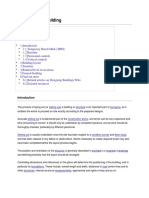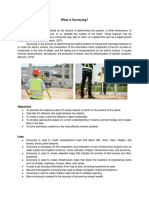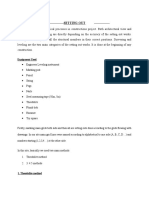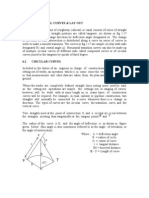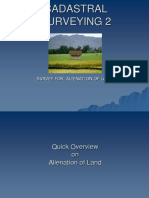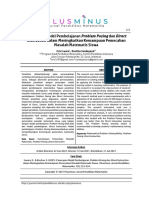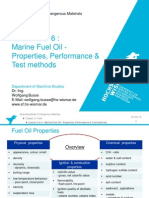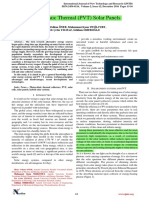100% found this document useful (4 votes)
1K views57 pagesSetting Out: Gls518 Intermediate Engineering Surveying
This document discusses setting out in engineering surveying. It covers the objectives, lecture contents, personnel involved, aims, techniques, plans/drawings used, good practices, principles, and methods of setting out buildings. Setting out involves establishing marks and lines to define positions and levels for construction based on survey data and plans. It aims to correctly position all elements in three dimensions. Key techniques include using horizontal and vertical control points, baselines, reference grids, and offset pegs to lay out design points.
Uploaded by
Hafidz NajmiCopyright
© © All Rights Reserved
We take content rights seriously. If you suspect this is your content, claim it here.
Available Formats
Download as PDF, TXT or read online on Scribd
100% found this document useful (4 votes)
1K views57 pagesSetting Out: Gls518 Intermediate Engineering Surveying
This document discusses setting out in engineering surveying. It covers the objectives, lecture contents, personnel involved, aims, techniques, plans/drawings used, good practices, principles, and methods of setting out buildings. Setting out involves establishing marks and lines to define positions and levels for construction based on survey data and plans. It aims to correctly position all elements in three dimensions. Key techniques include using horizontal and vertical control points, baselines, reference grids, and offset pegs to lay out design points.
Uploaded by
Hafidz NajmiCopyright
© © All Rights Reserved
We take content rights seriously. If you suspect this is your content, claim it here.
Available Formats
Download as PDF, TXT or read online on Scribd
/ 57












